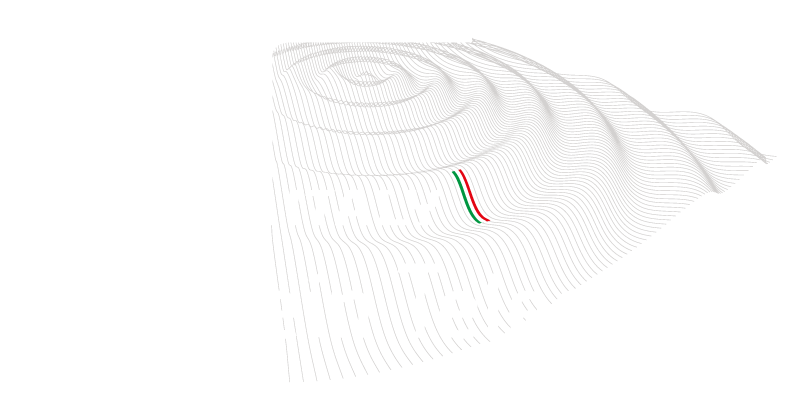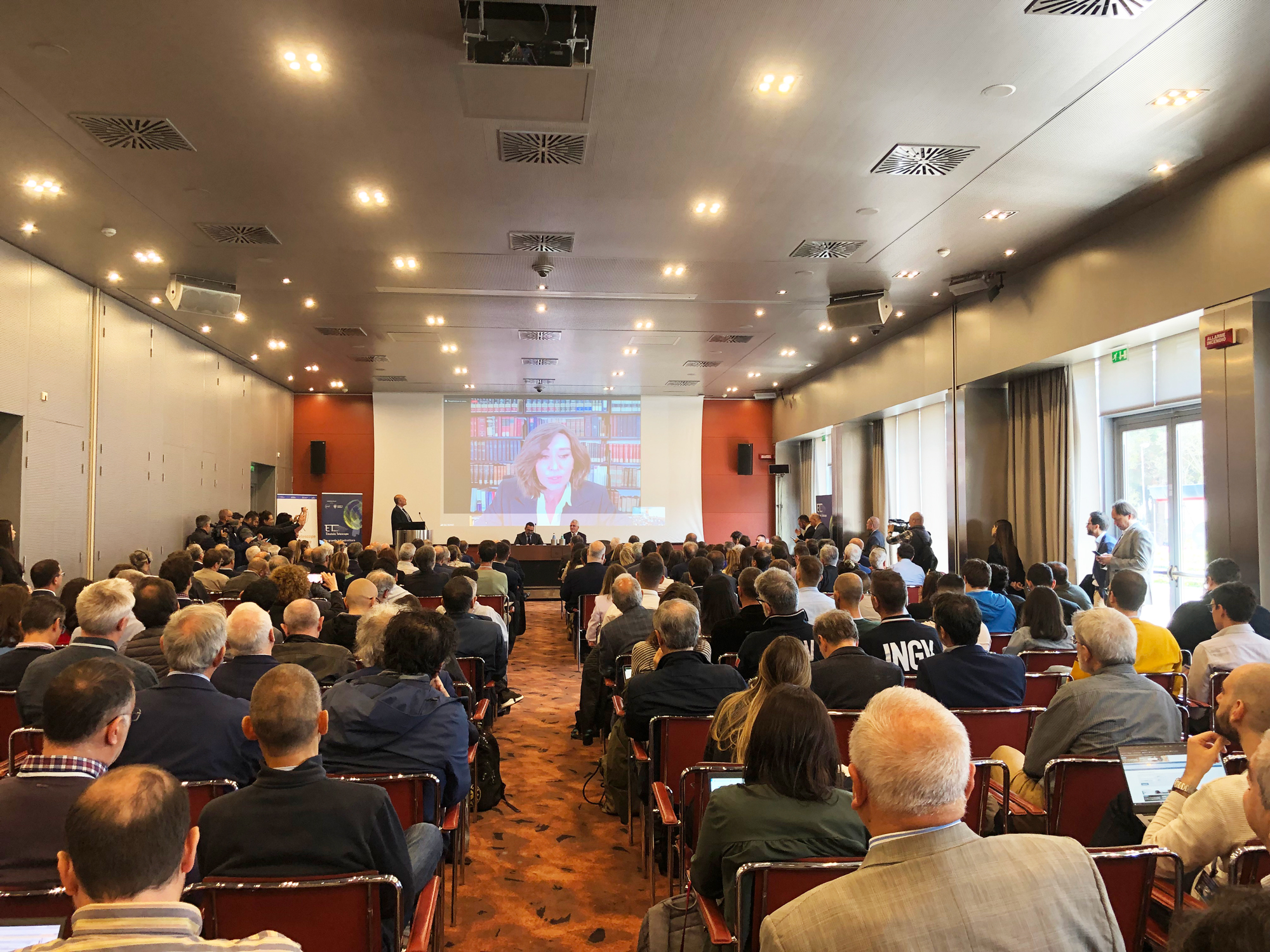At the 13th Symposium of the Einstein Telescope Scientific Collaboration, which was held in Cagliari, on 9 May, the conference hosted an event dedicated to the presentation of the ETIC project and Italy’s candidacy to host the future gravitational wave detector in Sardinia, in the area of the disused Sos Enattos mine, between the municipalities of Lula, Bitti and Onanì, in the Nuoro area. The event started with the institutional greetings of Alessandro Cardini, director of the INFN Cagliari Division, Francesco Mola, rector of the University of Cagliari, Gavino Mariotti, rector of the University of Sassari, and Paolo Truzzu, mayor of Cagliari. After the institutional greetings, the event “Einstein Telescope the great European research infrastructure” was officially opened by the speeches of Anna Maria Bernini, Minister for Universities and Research, Giorgio Parisi, Nobel Prize Laurate for Physics and president of the technical-scientific committee set up by MUR to support the Italian candidature, Giuseppe Fasolino, vice-president of Region of Sardinia, and Antonio Zoccoli, president of the National Institute for Nuclear Physics. The event was widely attended by representatives of local, national and international governmental and scientific institutions.
In the afternoon, the NRRP ETIC project and the Italian candidature were the focus of a round table discussion on science and socio-economic impact, with Marica Branchesi, professor at the Gran Sasso Science Institute, scientist of the ET collaboration and member of the technical-scientific committee set up by the MUR, Luigi Guiso, economist of the Einaudi Institute for Economics and Finance, and Monique Bossi, project manager for ETIC. The round table was chaired Matteo Serra, science journalist and communicator. The programme can be found at this link.
Einstein Telescope (ET) is the project for the construction of the large research infrastructure for the future gravitational wave detector in Europe. ETIC, Einstein Telescope Infrastructure Consortium, is the project funded with 50 million euro from NRRP funds, under Mission 4 Education and Research coordinated by the Ministry of Universities and Research (MUR). Its main objectives are the seismological, geological and geophysical characterisation of the Sos Enattos site, and the creation, both through the enhancement of existing facilities and the creation of new ones, of a solid network of laboratories in research institutes and universities to study the innovative technologies to be developed for ET.
“Einstein Telescope is a unique infrastructure in the international research scene that we strongly want to be built in Italy, in Sardinia, in the Sos Enattos mine. It is an investment on research as a system and an extraordinary accelerator for the future of the Region, of our country, and of Europe,” stressed Anna Maria Bernini, Minister of Universities and Research. “At the event held in Cagliari about the Einstein Telescope and organised by the National Institute for Nuclear Physics, the Ministry of Universities and Research and the Region of Sardinia, I recalled the very important community work we are doing for the Italian candidacy. The government strongly believes in this project and Italy has all the scientific competences to host it’.
“Beyond my love for this beautiful island, I sincerely hope that the site of Lula and the mines of Sos Enattos will be chosen to host the Einstein Telescope,” commented Nobel Prize Laureate Giorgio Parisi. “Indeed, it is an area that offers all the characteristics needed for the optimal operation of such a delicate and cutting-edge instrument, both because we are talking about the least seismic area in Europe, but above all because it is able to guarantee total silence. ET in Sardinia would not face any vibration and noise problems, as it would if it was built in a much more populated area.”
“The launch of ETIC, for which we have just issued the main call of €14 million call for the site characterisation studies, is a fundamental step for Italy’s candidature to host ET,” remarked Antonio Zoccoli, INFN President. “The aim of the project is, in fact, to provide the solid technical and scientific foundations that will become the foundation for our candidacy. While the long experience in gravitational wave research, the scientific and technological excellence of the national research world, the contribution of cutting-edge companies in many sectors, and the great cohesion between the scientific community, political institutions and citizens will build the structure of the project. International competition is very challenging, but when Italy acts as a system and is determined, it is highly competitive and able to achieve its goals.”

